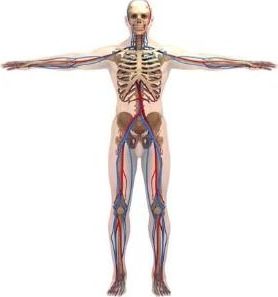Thought experiments can be really useful tools to better understand the implications of abstract ideas—especially ideas that are accepted at face value as self-evident truths. In some cases, they resemble proofs by contradiction in that they allow us to see that, if said ideas were true, they would end up clashing with other ideas accepted as non-negotiable principles. What we’re going to try today is something like that.
Crossing into another dimension
Every long-standing rejuvenation advocate has had to put up with people claiming that aging is a good thing on the questionable grounds that it may help to prevent overpopulation, cultural stagnation, the rise of “immortal” dictators, getting bored of far too long lives, and so on. (I was even told by a friend of mine—a truly stalwart advocate who’s anything but afraid of bringing the topic up whenever he gets the chance—that a man once briskly dismissed rejuvenation nonchalantly by saying, “Come on, a little bit of death is all right.” It’s hard not to wonder if he’d think the same if the people close to him were dying.)







